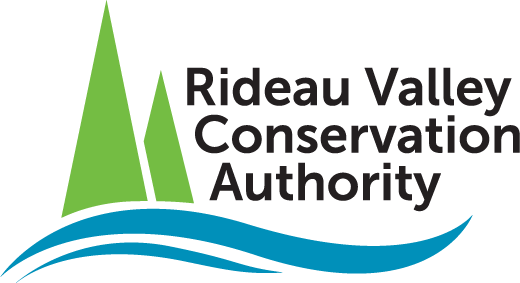A flood is coming. What should you do?
If you live in a flood-prone area, the best thing you can do to keep your family and property safe is to make a plan and be prepared to follow it. Each flood situation is unique, and your emergency plan should account for that – and be ready well in advance.
Know your risks
Do you live in a flood-prone area? Map your property or explore our hazard mapping projects to find out.
If you live in the City of Ottawa, you can also explore our Neighbourhood Flood Maps below, which offer detailed flood patterns for major and minor flood events in 20 vulnerable Ottawa neighbourhoods:
Know the warning system
The RVCA issues water conditions statements to inform residents, municipalities and other stakeholders of changing water levels across the watershed. Know what the gauge levels mean and subscribe to our Flood Forecasting alerts for up-to-date messages.
Gauge Levels

Water Safety – High flows, unstable banks, melting ice or other factors that could be dangerous for recreational users such as anglers, canoeists, hikers, children, pets, etc. Flooding is not expected.

Flood Outlook – Early notice of the potential for flooding based on weather forecasts, calling for heavy rain, snow melt, high winds or other conditions that could lead to high runoff, cause ice jams and/or lakeshore flooding or erosion.

Flood Watch – Flooding is possible in specific watercourses or municipalities. Municipalities, emergency services and individuals in flood prone areas should prepare.

Flood Warning – Flooding is imminent or already occurring in specific watercourses or municipalities.
Make a Plan
Make a Plan
- Familiarize yourself with your municipality’s emergency plan, including evacuation routes and emergency shelter locations, as well as their sandbag program if they have one;
- Plan and practice an evacuation route with your family;
- Pack an emergency kit that can be accessed easily and carried quickly in case of evacuation, including any necessary medication, blankets, extra clothing and flashlights;
- Keep local emergency phone numbers handy;
- Install a battery powered sump pump that can work in a blackout, or consider acquiring a portable backup generator;
- Remove valuable items from basements or lower floors that could be subject to flooding.
- Learn more from Environment Canada's detailed flood preparation guide.



